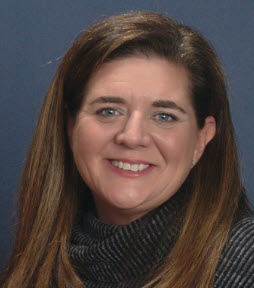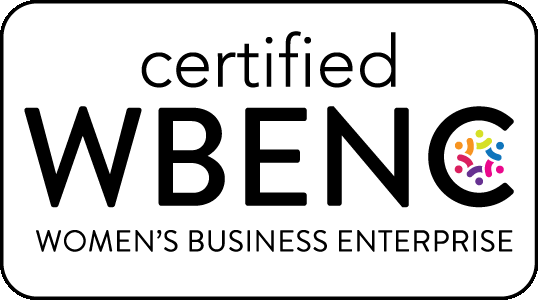The latest from our blog
Explore insights, how-to tips, trends, and best practices from our team of internal communications experts. All our blog posts are original content written by our writers, consultants, and interns.
Make Sure Your Email Gets the Job Done
According to a 2023 study from Microsoft, office workers can spend up to 8.8 hours a week on email. Nearly everyone has an overflowing inbox, so it’s no wonder emails get quickly skimmed and sometimes even missed. Here are a few tips to make sure your emails are effective and get read. […]
What does Gen Z want? Communicating with the newest generation in the workforce
Members of “Gen Z” (those born between the late 1990s and early 2010s) are fully wired digital natives who expect communication in their personal lives to be concise, visually appealing, and mobile-friendly. But what about workplace communication? Do those same preferences hold true, and how do members of Gen Z […]
Do your employee benefits align with your company’s values?
Employee benefits can be seen as a window into an organization’s values. As workers continue to reckon with what’s important to them in life and in a job, offering benefits that are in tune with their needs is crucial for retaining current employees and attracting new ones. For employers, demonstrating […]
New Ways of Working: Observations from a Post-Pandemic World
A Conversation with Heather Maris, Senior Vice President, Human Resources, Swiss Re With the COVID-19 pandemic came a fundamental shift in how and where people do their jobs. And, while there is some debate about the benefits and drawbacks of remote work, many of the changes are here to stay: […]
4 Ways to Create a Mental Health Communication Campaign that Sticks
Long before we ever heard the term “coronavirus,” employee mental health was declining. Now, as we enter a post-pandemic world, we’re coming to terms with how the stress, isolation, grief, burnout, and caregiving challenges experienced by employees during the pandemic have made the mental health problem that much worse. If […]
The O’Keefe Group Receives the Prestigious Gold Quill Award of Excellence
We are honored to share that The O’Keefe Group (OKG) has received the International Association of Business Communicators (IABC) Gold Quill Award of Excellence. The Gold Quill Awards program has been recognizing and awarding excellence in strategic communications for more than 40 years. It’s acknowledged as one of the most […]
Global Communications Projects: Secrets for Success
Congratulations! You’ve been tapped to lead communications on a large global project. This offers a world of opportunity to prove your communications chops, flex some new muscles, and even advance your career. These types of projects tend to be fast-paced with a constantly changing roadmap – but there are things […]
4 Reasons AI Won’t Replace Communicators
Artificial Intelligence (AI)—specifically, the reigning AI darling ChatGPT—is everywhere. And I do mean everywhere. It’s been covered by major media and broadcast news. Many columns and explainers tell us how to use it and how creepy it can be. And then there are the gazillions of LinkedIn carousels highlighting ways […]
Getting the Most from Pulse Surveys: Tips from Expert Communicators
Pulse surveys are a great tool for gaining insight into employee satisfaction and the employee experience. Typically just 5 to 20 questions, they tend to focus on a near-term objective or change management initiative and, unlike larger engagement surveys, are distributed multiple times per year. Pulse surveys have many benefits: […]
Don’t Let Progress Blockers Block Your Progress
How to keep difficult colleagues from derailing your communication project You’re working on a benefits enrollment guide, an annual report, a new program rollout – or any communications project that needs input from multiple stakeholders. How do you manage recalcitrant reviewers? Whether it’s Negative Nellie, Harry the Hippo, Literary Lucy, […]












